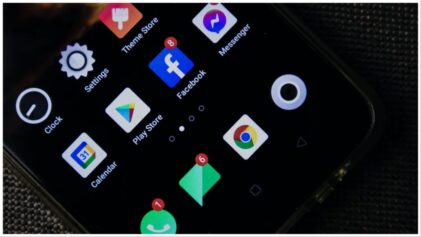HTC made quite an impression when it launched the Droid DNA with Verizon a couple of months ago, and we’re happy to say that its Butterfly variants on the other side of the world — namely Japan, Taiwan, Singapore, Malaysia, Myanmar (Burma), India and China — have achieved similar success, with some areas struggling to keep up with the surprising demand. Still, if you’re in the market to pick up one of these 5-inch quad-core beauties, it’s worth noting the subtle physical and technical differences between them. At HTC’s Frequencies event this week, we had the rare chance to get all four (yes, four!) models side by side, so read on for our detailed comparison.
First of all, the four variants are as follows: Droid DNA (on Verizon), J Butterfly HTL21 (on KDDI’s au network in Japan), Butterfly X920d (for Taiwan, South East Asia and India) and Butterfly X920e (for China). It goes without saying that these devices carry different radios to cater to regional needs, with the Droid DNA and the J Butterfly both supporting CDMA and LTE on top of UMTS. However, only the Droid DNA comes with quad band UMTS radio, thus making it a better global phone. On the other hand, the X920d and X920e serve mostly in areas without LTE (except for Singapore), so they naturally lack this 4G technology.
As expected, there are subtle differences when it comes to color accents and logo placement. Most notably, the China-only X920e is the only model that comes with red capacitive buttons instead of white, and for some reason the J Butterfly managed to get away with no logo placement at all on the front. While on this topic, the Droid DNA is given the Verizon logo near the earpiece, and it also gets an exclusive matte black finish.
The only obvious physical difference between the two main body designs here can be spotted at the top right corner. On the J Butterfly and the X920d you’ll find a flap over a compartment for both the microSD slot and SIM tray, whereas the Droid DNA and the X920e — both 2mm shorter than the other two — have just a common pin-eject SIM tray at the same spot. The J Butterfly stands out further by packing an infrared port next to the rear camera, as well as three metallic contact points for docking towards the bottom of the back side.
Internally, the Droid DNA is again a winner with its exclusive Qi wireless charging feature, but this does require some extra space, making the model 0.65mm thicker than the 9.08mm-thick X920d and X920e. That said, apart from the X920d, the remaining three models all come with NFC…
Read More: engadget.com


